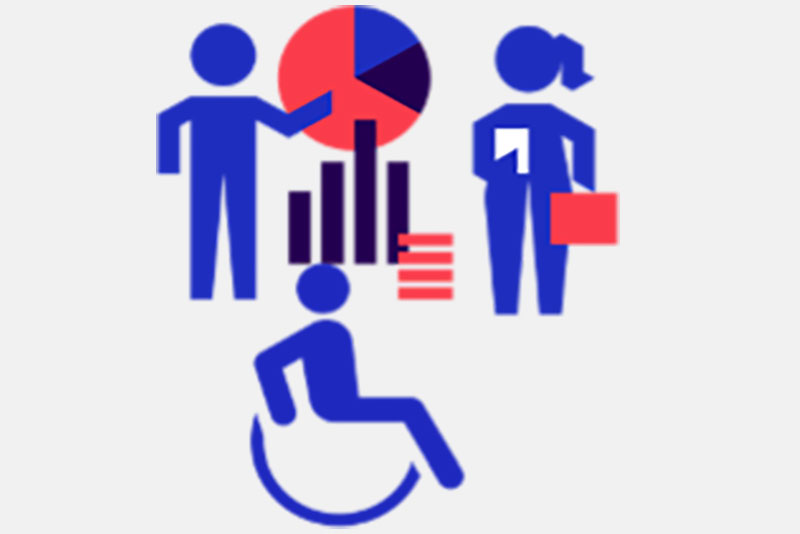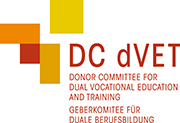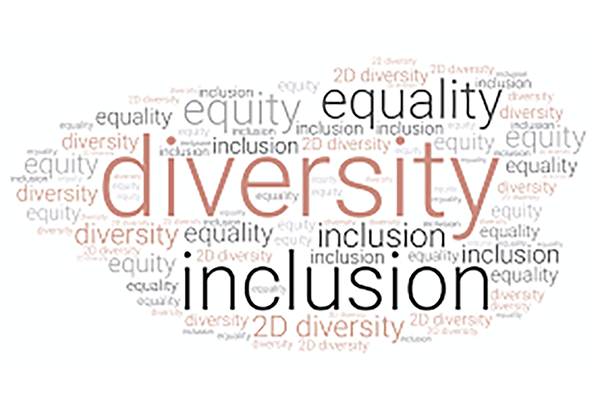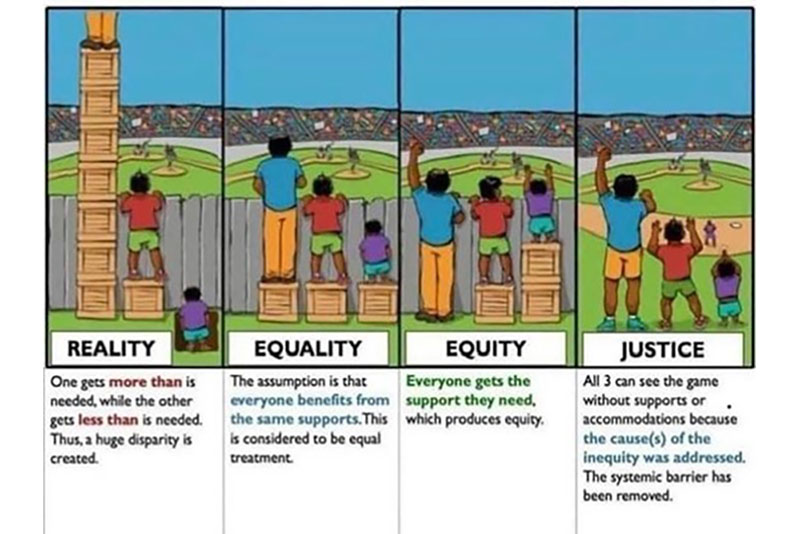Measuring Qualitative & Transformative Progress on GESI

Measuring the impact of dual VET on the employability, employment opportunities, and income of women and disadvantaged groups is a powerful way to assess effectiveness of projects and interventions. However, determining if these groups have equally benefited or if structural inequality has been reduced remains challenging.
- How can we measure the impact of development cooperation on GESI in dual VET?
- Are quantitative indicators and disaggregated data analysis enough?
- How do donor policies and strategies reflect the measurement of GESI impact, and what are the experiences with implementation, specifically in dual VET?
Overall Context
Today, it is common practice that donors design, implement and monitor dual VET projects with a gender lens and they increasingly apply gender responsive approaches. They also monitor progress with disaggregated data to measure results and steer projects. At the same time, development practitioners have increasingly questioned whether higher % in access and graduation rates alone do lead to women and disadvantaged groups enjoying equal opportunities in VET and the labour market or earn equal incomes. After completing training, they should have equal opportunities in the world of work and need to feel empowered to make use of their gained capabilities. To address this question, donor agencies have started to adopt a more gender responsive and transformative perspective towards GESI in their projects and institutional practice (BMZ; SDC; ADA). Transformative change is not only measured at beneficiary level but at institutional level as well.
As a result, the measurement of transformative change of GESI in dual VET has been introduced which requires qualitative indicators and monitoring tools in addition to quantitative ones. Approaches are multidisciplinary, holistic and multilevel, assess formal and informal relationships between multiple actors and are sensitive to diverse actors’ experiences of change (Care, 2015; GIZ 2021). They monitor how well implementing partners have embraced GESI in their culture and daily practice (institutional performance) and how interventions impact structural inequalities. They also explore whether there is visible change, to what extent women and disadvantaged groups enjoy equal benefits in society; and to what extent they feel more empowered in the world of work, have control over their income and at the household level (ATVET, 2020a; 2020b). Being rather new, there are a few innovative initiatives (not necessarily dual VET), which have piloted such approaches and measured transformative impact:
- Canada Government Gender Equality and Empowerment Measurement Tool Resource Guide uses feminist methodology and process-oriented and reciprocal approach for qualitative and quantitative data collection that puts the voices of women, other genders and marginalized groups at the centre.
- ATVET-GIZ: Gender-transformative approaches tackling business power relations and behaviour were at the core of all project interventions in 6 countries. Clear distinction is made between access, benefit and empowerment (transformative). Provides cross country impact assessment, including tracer and impact studies and household surveys, and the development of Women Empowerment in Agriculture Index.
- MEDA’s Jordan Value Links project:has used Gender Progress Markers (GPMs) as a measurement tool, supplementing its other monitoring and evaluation techniques, to thoughtfully and deliberately observe the changes in social and gender dynamics affecting women and men in their families and local communities. Projects have been implemented in Jordan, Senegal and Niger.
DC dVET BarCamp & Further Resources: How does development cooperation approach and measure GESI in dual VET? How successful were governments and projects in measuring impact of GESI responsive and transformative approaches in dual VET projects?
During the 5th DC dVET BarCamp the following aspects and strategies measuring impact were highlighted amongst others:
- Integrated training approaches, addressing multiple aspects of discrimination and aiming at empowerment drive behavioural change in the community and households.
- Define and conceptualise transformative change: cultural/ institutional changes and transformative impact on beneficiaries/disadvantaged groups
- Biased mindsets and lack of commitment slow down broader inclusion in VET and the labour market.
- Intersectionality must be identified and addressed.
- Disability is diverse, requiring tailor-made approaches for social inclusion.
- Conceptual frame should guide project design and be integrated in MRM framework from the start and be monitored.
- Holistic planning and implementation.
- Organizational changes among project teams, partner organizations, and beneficiaries.
- Address intersectionality, develop multidimensional indicators beyond access, completion, placement, and income.
- Include qualitative indicators (e.g., work quality, decision-making, well-being).
- Resources to be made available for monitoring and capacity building of project teams, partner organisations
- Research: Engage in participatory action research approaches for gender analysis to identify and monitor leading indicators.
- Undertake baseline and end line studies
- Centralize the experiences and priorities of those who face multiple forms of social exclusion.
- Remain sensitive to unintended outcomes and harm.
- Involve communities, organisations in reflection, data collection and analysis
- Work on qualitative data, including beneficiary and household surveys to address change
- Assess organizational change for effective gender-transformative monitoring, evaluation and learning systems.
- Don’t overload projects: Make optimal use of existing data, use statistical tools to disaggregate beyond gender to assess intersecting faced by groups. Use data to better understand target groups and impact of interventions.
For more in-depth information discover the panel discussion, exchange sessions and further resources:




